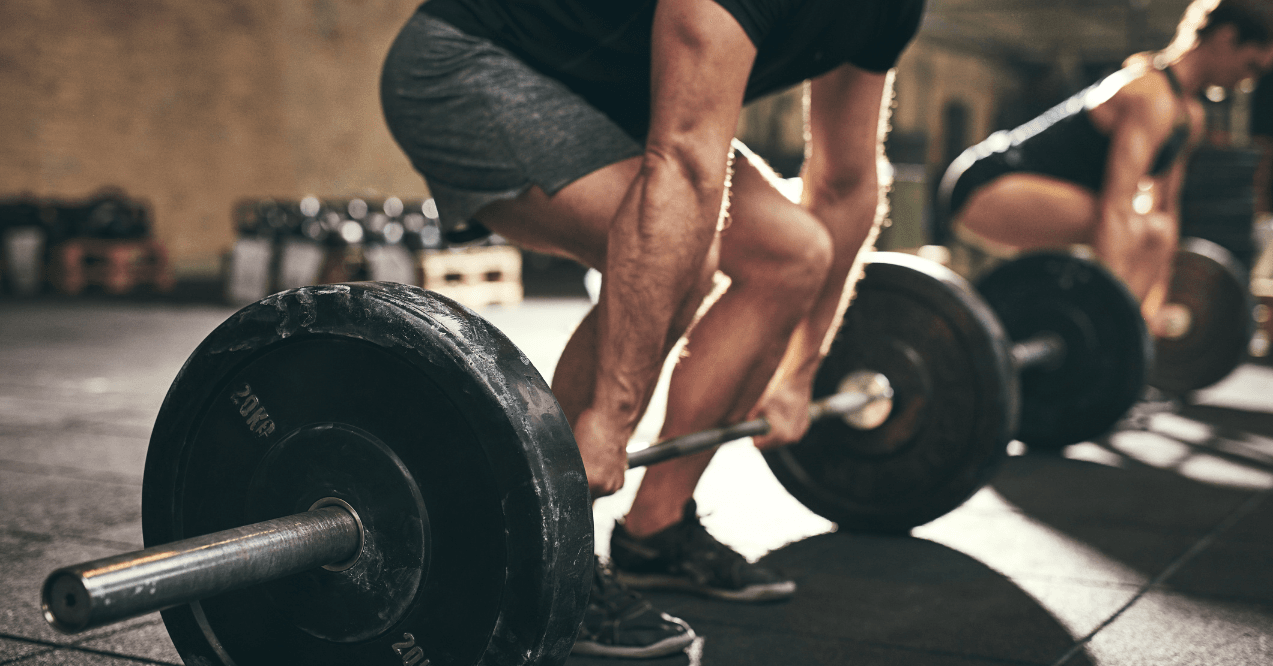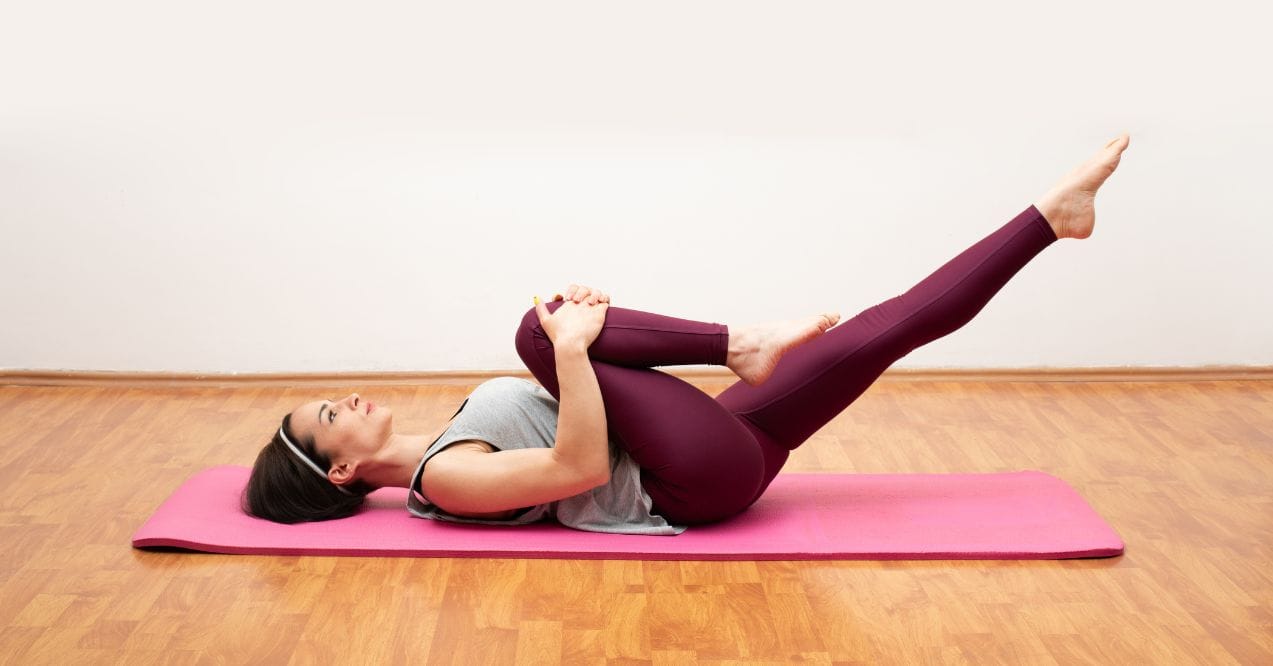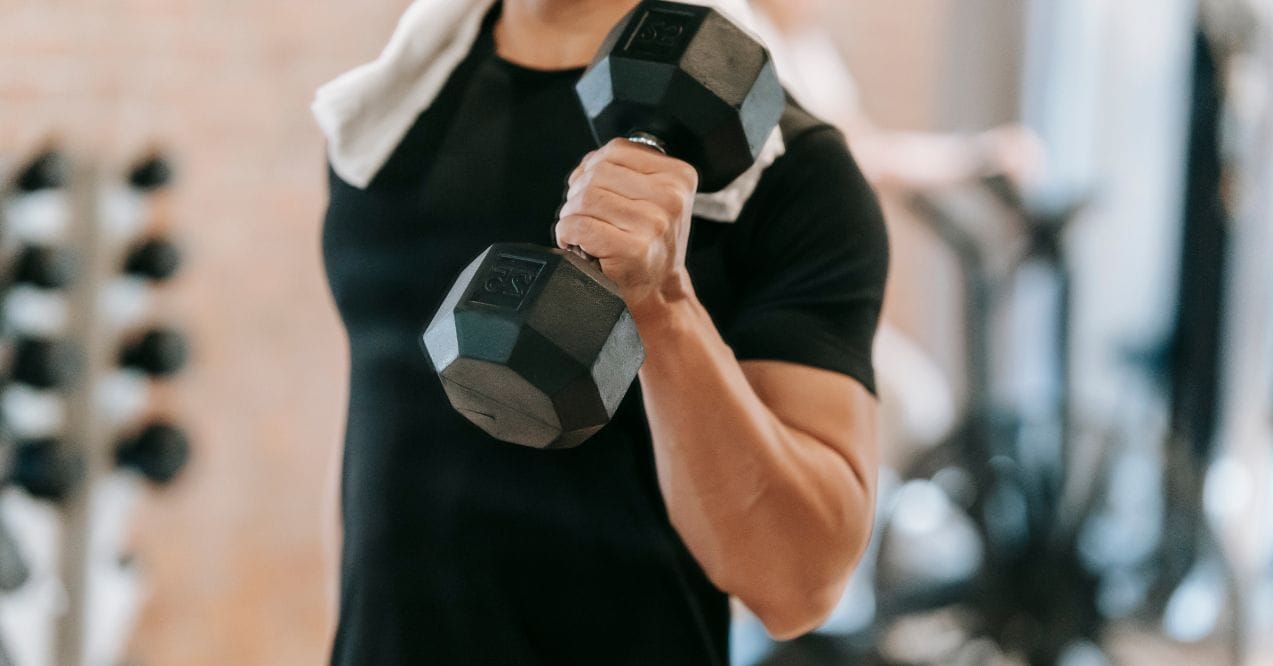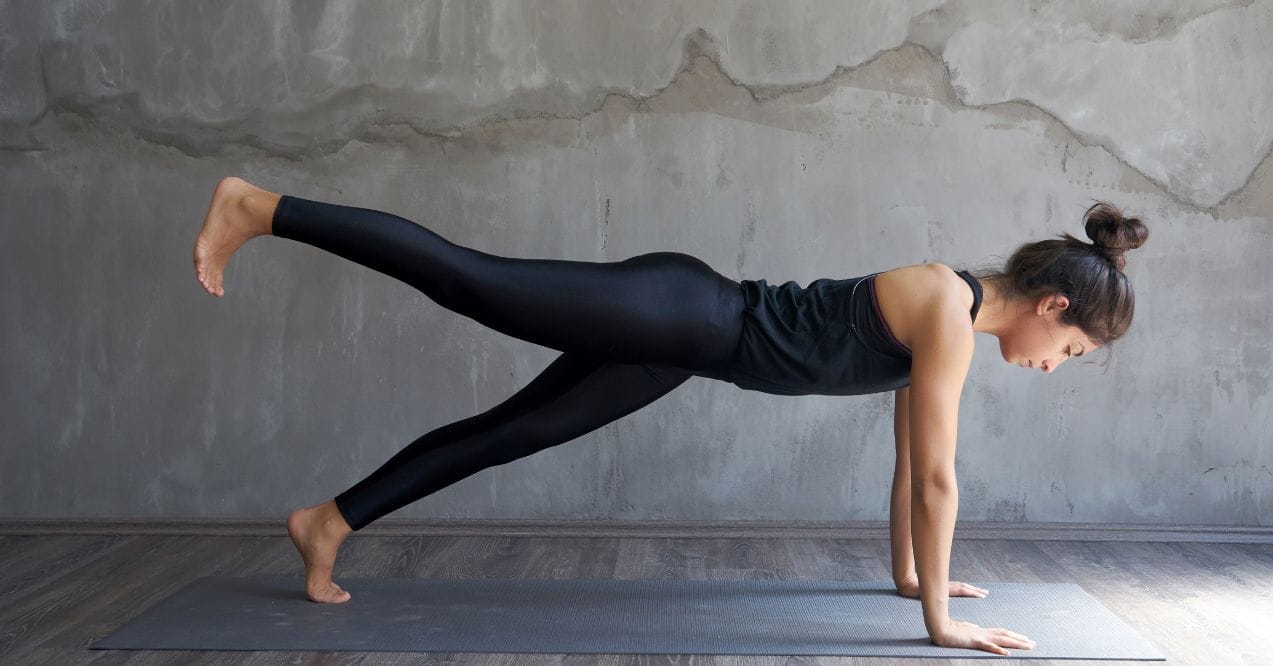Effective Lat Workout with Dumbbells for a Stronger Back
Looking to build a stronger, more defined back? Your latissimus dorsi muscles (lats) are the key players in creating that coveted V-taper physique. Whether you’re a gym regular or just starting your fitness journey, incorporating targeted lat exercises with dumbbells can transform your back development. This guide introduces you to an effective lat workout with dumbbells that you can easily add to your somatic workout plan.
Think of your lats as the wings of your upper body – when properly trained, they don’t just look impressive, they also support better posture and enhance your overall strength. Ready to unlock your back’s full potential?

What Are Your Lats?
Your latissimus dorsi muscles – commonly called “lats” – are the largest muscles in your upper body. Think of them as the wings of your back, spanning from your mid-back up to your upper arm bones. For those wondering what is body recomposition, these powerful muscles create that impressive V-taper look many people aim for.
The lats attach to multiple points along your spine, pelvis, and ribs, converging into a narrow band that connects to your upper arm. When well-developed, they’re responsible for that powerful back width you see in experienced athletes. These muscles aren’t just for show – they’re essential for everyday movements like pulling, reaching, and maintaining good posture.
Every time you pull something toward your body, reach overhead, or even take a deep breath, your lats are hard at work. Understanding these muscles’ location and function is crucial for targeting them effectively in your workouts.
Benefits of Lats Training
Strong lats do more than just create that impressive V-taper look – they’re fundamental to your overall upper body strength and function. When you dedicate time to training these powerful muscles, you’ll notice improvements that go beyond aesthetics. For a structured and progressive approach, consider following a program like the 28 Day Calisthenics Challenge, which targets key muscle groups including the lats.
Here’s what you can expect from consistent lat training:
- Enhanced Upper Body Strength – Your lats are essential for pulling movements in everyday life, from opening heavy doors to lifting groceries. Regular training strengthens these movements, making daily tasks feel easier and improving your performance in other exercises like deadlifts and rows.
- Improved Posture and Stability – Well-developed lats act as natural posture supporters, helping maintain proper spine alignment. They work with your core muscles to create a stable foundation, especially important if you spend long hours at a desk.
- Better Athletic Performance – Whether you’re into climbing, swimming, or martial arts, strong lats provide the pulling power needed for improved performance. They’re crucial for movements that involve reaching, pulling, or rotating your arms.
- Aesthetic Benefits – Training your lats creates that sought-after V-shaped torso, making your waist appear smaller while adding width to your upper body. This visual impact can significantly enhance your overall physique, especially when viewed from the back or side.
- Balanced Upper Body Development – Many people focus on chest and shoulder training while neglecting their back. Dedicated lat work helps create muscular balance, reducing the risk of postural issues and supporting better overall upper body function.
Remember, these benefits compound over time with consistent training. As you progress through the dumbbell exercises we’ll cover next, keep these advantages in mind as motivation for your training sessions.
Lat Workout with Dumbbells
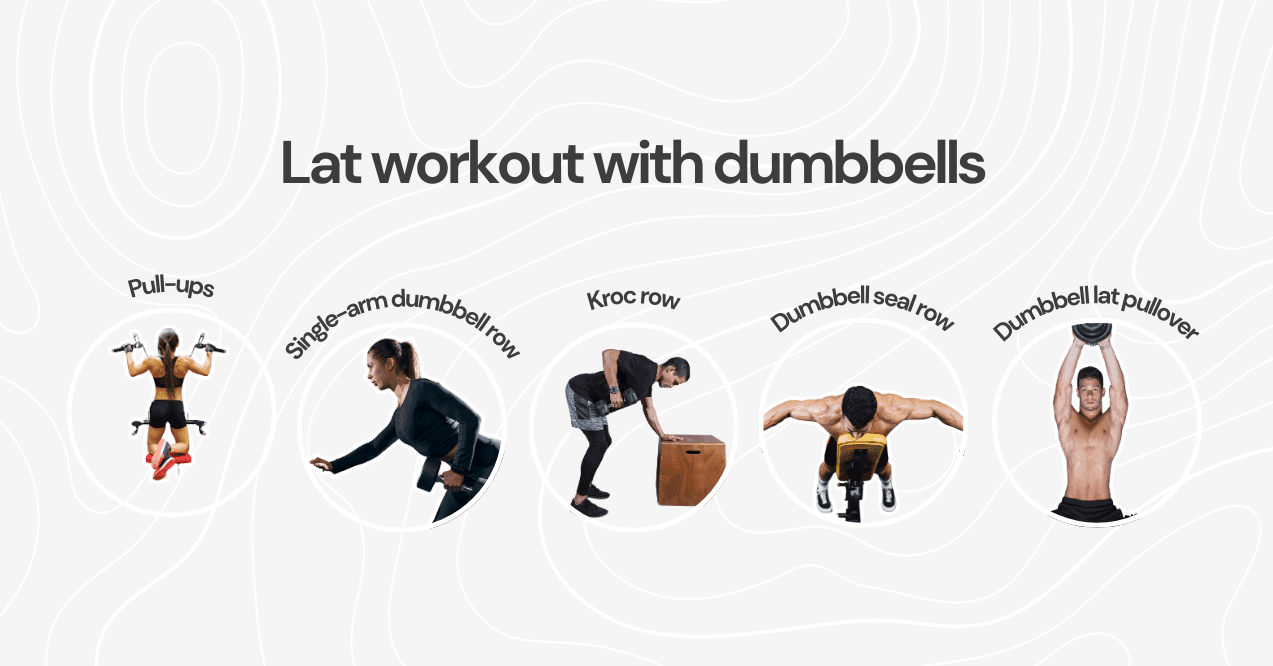
Using dumbbells for lat training is a versatile and effective way to build a stronger back. Dumbbells allow for a greater range of motion compared to machines, helping you fully activate the latissimus dorsi muscles. Plus, they challenge your stabilizer muscles, leading to better overall strength and balance. A well-rounded lat workout with dumbbells is perfect for developing back width and thickness while improving posture and functional fitness. Here are some key exercises to include in your routine.
Pull-Ups or Weighted Pull-Ups
Pull-ups are a foundational exercise for building strong, wide lats. They primarily target the latissimus dorsi while engaging your shoulders, biceps, and core for stability. If you’re ready to level up, weighted pull-ups are an excellent way to challenge your back muscles even further.
Here’s why pull-ups are essential:
- Target Lat Width – The vertical pulling motion is perfect for building V-shaped lats.
- Improve Pulling Power – Strengthen the muscles used in everyday pulling and lifting tasks.
- Enhance Core Stability – Pull-ups require your core to stay engaged for balance and control.
Pro Tip: Beginners can start with assisted pull-ups using resistance bands, while advanced lifters can add a dumbbell between their feet for weighted variations. These progressions make pull-ups a must-have in any back dumbbell workout.
Single-Arm Dumbbell Row
The single-arm dumbbell row is a highly effective dumbbell lats exercise that targets each side of the back independently. This unilateral movement is great for correcting muscle imbalances and building strength evenly across your back.
How to perform it:
- Place one knee and hand on a sturdy bench for support, keeping your back flat.
- Hold a dumbbell in the opposite hand and let it hang toward the floor.
- Pull the dumbbell up toward your waist, squeezing your lats at the top of the movement.
- Lower it back down in a controlled manner and repeat.
Why include it in your routine?
- Isolate Your Lats – Focus on full engagement of the latissimus dorsi.
- Correct Imbalances – Strengthen each side independently to avoid one side dominating.
- Enhance Stability – Engages your core and stabilizes muscles for better control.
Add this move to your back dumbbell workout for a powerful way to strengthen your lats while supporting other upper-body routines, like a chest and tricep workout.
Dumbbell Seal Row
The dumbbell seal row is an excellent exercise for isolating the lats because it eliminates momentum, ensuring your muscles do all the work. By lying face down on a bench, you remove assistance from your legs or lower back, making it a focused movement to target your lats effectively.
How to perform it:
- Lie chest-down on a flat bench with a dumbbell in each hand.
- Allow your arms to hang straight down beneath the bench.
- Pull the dumbbells toward your waist, squeezing your lats at the top.
- Lower the weights slowly back to the starting position.
This exercise is one of the most effective types of dumbbell exercises for lats, helping you develop strength and balance while maintaining strict form.
Kroc Row
The Kroc row is ideal for building lat size and grip strength through heavy, high-rep sets. Unlike traditional rows, it combines controlled explosiveness with proper form to push your limits and build muscle.
How to perform it:
- Place one knee and hand on a bench for support, holding a heavy dumbbell in the opposite hand.
- Let the dumbbell hang straight down while keeping your back flat.
- Row the dumbbell explosively toward your waist, squeezing your lats.
- Lower it under control and repeat for 10–20 reps per set.
Why include it?
- Builds Grip Strength – Heavy dumbbells challenge your grip endurance.
- Maximizes Lat Size – High-rep sets stimulate muscle growth.
- Functional Strength – Develops power and endurance for everyday movements.
Dumbbell Lat Pullover
The dumbbell lat pullover is an effective lat pulldown dumbbell alternative, offering a great way to stretch and strengthen the lats. This exercise also engages your chest and core, making it a versatile movement for upper-body development.
How to perform it:
- Lie flat on a bench, holding a dumbbell with both hands.
- Begin with the dumbbell above your chest, arms extended but slightly bent.
- Slowly lower the dumbbell behind your head until you feel a stretch in your lats.
- Pull the dumbbell back over your chest, squeezing your lats at the top.
Benefits of this exercise:
- Strengthens the Lats – Provides a deep stretch and contraction for maximum activation.
- Improves Flexibility – Enhances shoulder and lat mobility.
- Engages Multiple Muscles – Works the lats, chest, and core simultaneously.
This movement is a great addition to your routine, providing variety and power to your back dumbbell workout.
To complement your lat workout with dumbbells, consider adding Trumeta Bone Broth Protein to your fitness routine. This nutrient-packed protein powder is rich in collagen and glycine, nutrients that help support muscle recovery and overall performance. Made from meaty beef bones and crafted into a convenient powder, it provides over 30 amino acids, vitamins, and minerals. With its all-natural cocoa flavor, it’s a tasty and easy way to maintain your protein intake after challenging workouts.
For additional workout support, consider Trumeta Creatine, which complements your fitness goals by helping maintain energy levels during intense training. Together, these products offer valuable nutritional support to keep your body fueled and your performance on track.

Conclusion
A strong back isn’t just about looks – it’s about function, strength, and overall fitness. Incorporating a lat workout with dumbbells into your routine is an effective way to build a balanced, powerful upper body while improving posture and stability. With exercises like pull-ups, dumbbell rows, and lat pullovers, you can target your lats and other supporting muscles for a well-rounded back workout.
Remember, consistency is key to seeing results. Start with lighter weights to master your form, then gradually increase resistance. Take the first step today and elevate your fitness journey with this dynamic and versatile dumbbell routine!
To exercise your lats, incorporate pulling movements like pull-ups, rows, and dumbbell lat pullovers. Focus on controlled form, full range of motion, and progressive overload to strengthen and define these essential back muscles effectively.
Target your lower back with exercises like dumbbell deadlifts, Romanian deadlifts, and bent-over rows. Maintain proper form and engage your core to protect your spine while strengthening the lower back muscles and improving overall stability.
It’s not ideal to train lats daily, as muscles need time to recover and grow. Train them 2-3 times weekly with adequate rest and focus on progressive overload to achieve optimal results without risking overtraining.
Advertisement. This site offers health, wellness, fitness and nutritional information and is designed for educational purposes only. You should not rely on this information as a substitute for, nor does it replace, professional medical advice, diagnosis, or treatment. If you have any concerns or questions about your health, you should always consult with a physician or other health-care professional. Do not disregard, avoid or delay obtaining medical or health related advice from your health-care professional because of something you may have read on this site. The use of any information provided on this site is solely at your own risk.
